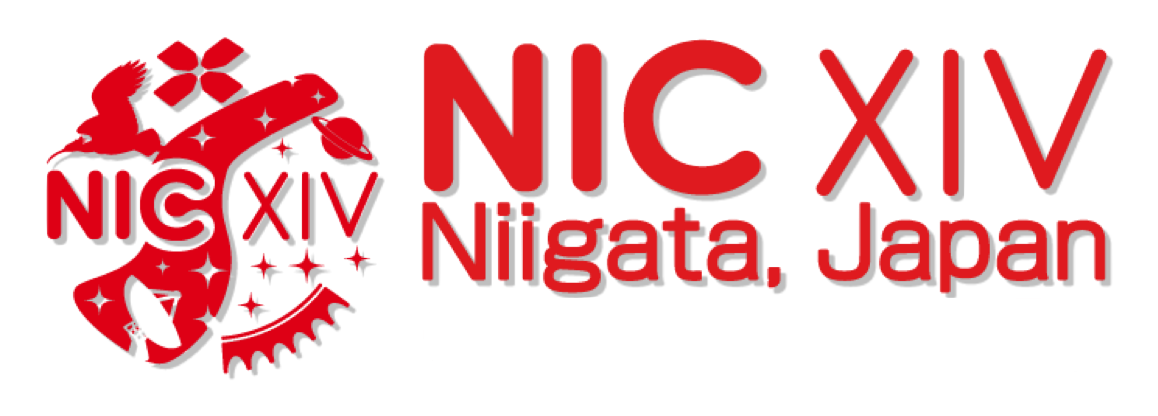Speaker
Mr
Felix Heim
(Institute for Nuclear Physics, University of Cologne)
Description
The activation technique is a widely used method for the determination of cross- section values for charged-particle induced reactions at astrophysically relevant energies. Since network calculations of nucleosynthesis processes often depend on reaction rates calculated in the scope of the Hauser-Feshbach-statistical model, these cross-sections can be used to improve the nuclear-physics input-parameters like optical-model potentials (OMP), γ-ray strength functions, and nuclear level densities.
In order to extend the available experimental database, the 108Cd(α,n)111Sn reaction cross section was investigated at ten energies between 10.2 MeV and 13.5 MeV. As this reaction is almost only sensitive on the α-decay width, the results were compared to statistical model calculations using different models for the α-OMP. The irradiation as well as the consecutive γ-ray counting were performed at the Institute for Nuclear Physics of the University of Cologne using the 10 MV FN-Tandem accelerator and the Cologne Clover Counting Setup [1]. This setup consists of two clover-type high purity germanium (HPGe) detectors in a close face-to-face geometry to cover a solid angle of almost 4π.
In this contribution the experimental setup, the results of the cross-section measurement for the 108Cd(α,n) reaction, as well as the results from the statistical model calculations will be presented.
Supported by the DFG under the contracts ZI 510/8-1 and INST 216/544-1 and the ULDETIS project within the UoC Excellence Initiative institutional strategy.
[1] P. Scholz, A. Endres, A. Hennig, L. Netterdon, H.W. Becker, J. Endres, J. Mayer, U. Giesen, D. Rogalla, F. Schlüter, S.G. Pickstone, K.O. Zell and A. Zilges, Phys. Rev. C. 90 (2014) 065807
Primary author
Mr
Felix Heim
(Institute for Nuclear Physics, University of Cologne)
Co-authors
Prof.
Andreas Zilges
(Institute for Nuclear Physics, University of Cologne)
Mr
Jan Mayer
(Institute for Nuclear Physics, University of Cologne)
Mr
Lars Netterdon
(Institute for Nuclear Physics, University of Cologne)
Mr
Philipp Scholz
(Institute for Nuclear Physics, University of Cologne)

